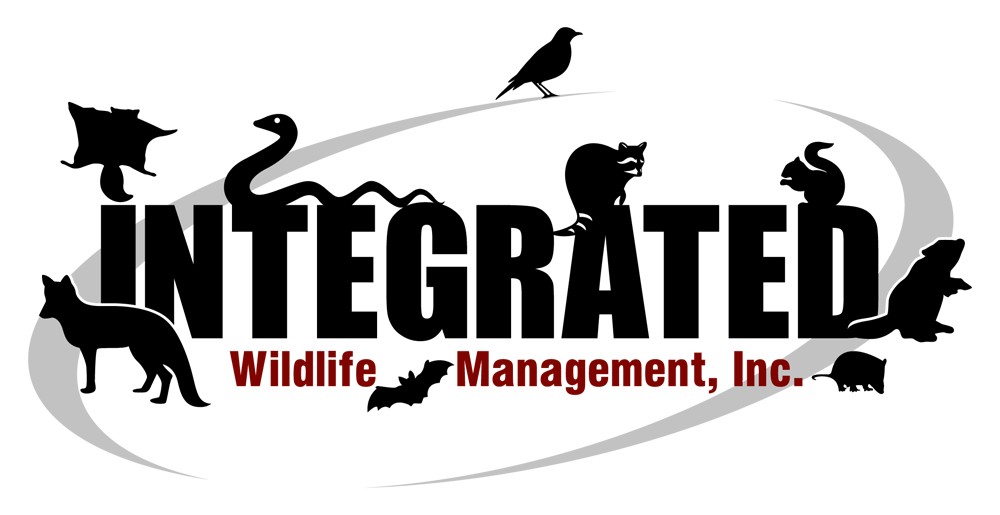Frequently Asked Questions About Rodents
Here are answers to some common questions about mice and rats.
-
What are the most common signs of a mouse or rat infestation?
Common indicators include droppings, gnaw marks on furniture or wires, nesting materials like shredded paper or fabric, greasy rub marks along walls, scratching sounds at night, and a strong, musky odor.
-
Why do mice and rats enter homes and businesses?
They typically enter structures in search of food, water, and shelter. Crumbs, pet food, leaky pipes, or cluttered storage areas can attract them, especially during colder months when outdoor food sources are limited.
-
How do mice and rats get into buildings?
Rodents can squeeze through surprisingly small openings — mice can fit through a hole the size of a dime, and rats can enter through one the size of a quarter. Common entry points include foundation cracks, gaps around pipes, vents, and poorly sealed doors.
-
Are mice and rats dangerous to humans?
Yes. They can spread diseases through droppings, urine, and saliva, contaminate food supplies, and cause property damage by gnawing on wiring and insulation, which can even lead to fire hazards.
-
What steps can I take to prevent a rodent infestation?
Seal all cracks and gaps in walls and foundations, store food in airtight containers, eliminate clutter, fix leaks, and keep garbage tightly covered. Regular inspections and professional monitoring help prevent future infestations.
